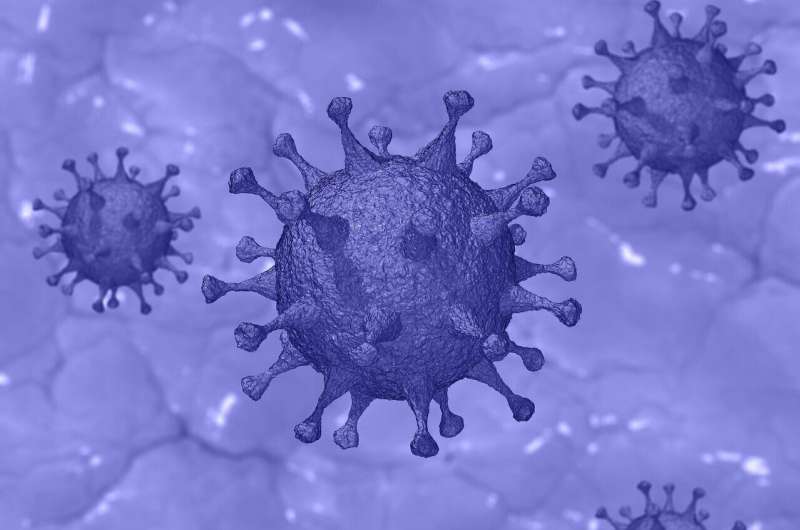Expanding symptom list in line with other countries could improve the UKs pandemic response

The UK should expand its official list of symptoms for defining COVID-19 to prevent cases being missed and help improve the UK’s pandemic response, say experts in The BMJ today.
They argue that limiting symptomatic testing to those with these official symptoms “will miss or delay identification of many COVID-19 cases, hampering efforts to interrupt transmission.”
During the COVID-19 pandemic the British public has been told to self-isolate and get a test if they have a high fever, a new continuous cough, or a loss or change to their sense of smell or taste.
But Alex Crozier at University College London and colleagues say many people don’t have these official symptoms, initially, or ever, and other symptoms often manifest earlier
They point out that the The World Health Organization and Centers for Disease Control and Prevention already include nine and 11 more case defining symptoms, respectively, than the UK. And the European Centre for Disease Prevention and Control describe a breadth of symptoms associated with mild-to-moderate COVID-19, the most commonly reported being headache, weakness or tiredness, muscle aches, runny nose, appetite loss and sore throat.
These unofficial symptoms are also more common in young unvaccinated, or partially vaccinated people, who are most likely to pass the virus on.
It seems counterintuitive, therefore, to have no official UK guidance on wider COVID-19 symptoms, or to offer different testing routes for those with official symptoms and those with no symptoms, with nothing in between, they write.
They acknowledge that expanding the case definition is likely to increase demand for testing and numbers self-isolating, and would require careful implementation.
However, new data suggests that testing people based on combinations of unofficial and official symptoms could be used to help identify more cases sooner without overwhelming testing capacity.
Vaccinations alone are unlikely to end the pandemic, they write. New, more transmissible and (partially) vaccine resistant variants may spread through susceptible populations causing high hospitalisation rates.
Inequalities in vaccination are also shifting the burden of disease and disruption to the most disadvantaged communities, who are also harmed most by COVID-19 restrictions, they add.
Source: Read Full Article
